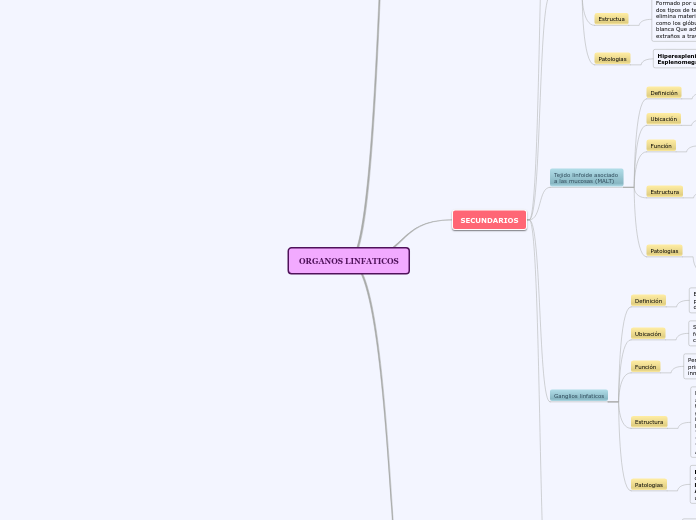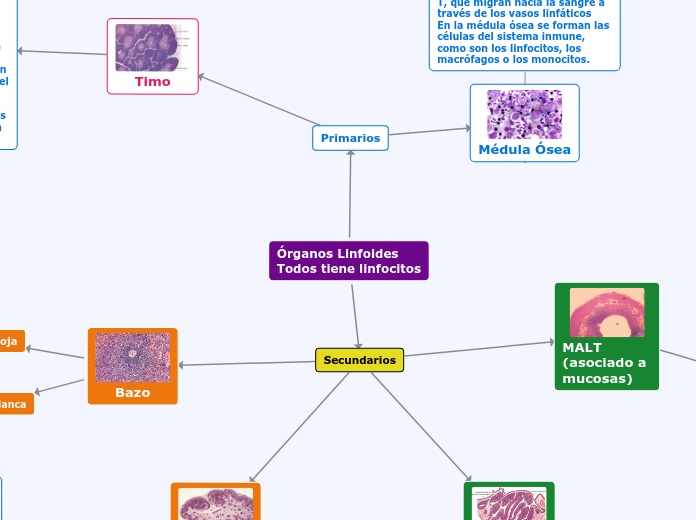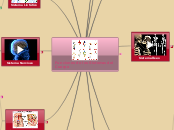Células del sistema inmunológico
The Solar System is the gravitationally bound system of the Sun and the objects that orbit it, either directly or indirectly. Of the objects that orbit the Sun directly, the largest are the eight planets, with the remainder being smaller objects, the dwarf planets, and small Solar System bodies.
Granulocitos
Basófilo
las reacciones alérgicas
Participan en
Neutrófilo
A planet's day is the time it takes the planet to rotate or spin once on its axis.
Write down Uranus's day measured in Earth days.
Fagocitar a los patógenos
Principal función es
Eoinófilo
Parásitos multicelulares
Importantes para la defensa de
Mieloblasto
Venus is Earth's twin in size and has no moons.
Its surface has various mountains and volcanoes. Because of its thick, toxic atmosphere that's made of sulfuric acid clouds, Venus is an extreme example of the greenhouse effect. The average temperature on Venus' surface is 900 F (465 C).
Venus spins slowly from east to west, the opposite direction to most of the other planets.
The Greeks believed Venus was two different objects — one in the morning sky and another in the evening. Because it is often brighter than any other object in the sky, Venus has generated many UFO reports.
Posee
un núcleo oval grande, que ocupa un gran volumen; cerca de cuatro quintos de toda la célula
Primera célula que se logra
How long does it take for Venus to go around the sun?
reconocer en la serie granulocítica
Se encuentran en un estado de
A planet's day is the time it takes the planet to rotate or spin once on its axis.
Write down Venus's day measured in Earth days.
desarrollo primario en la médula ósea.
Se convierten en
glóbulos blancos maduros del tipo granulocitos
Plaquetas
Saturn is known most for its rings.
Galileo Galilei first thought it was an object with three parts: a planet and two large moons on either side.
Not knowing he was seeing a planet with rings, the stumped astronomer entered a small drawing — a symbol with one large circle and two smaller ones — in his notebook.
The rings are made of ice and rock and scientists are not yet sure how they formed. The gaseous planet is mostly hydrogen and helium.
incluso eliminan patógenos con su arsenal de
Saturn has over 150 moons and satellites. However, of these vast numbers of moons, only 62 are known and confirmed as moons.
Name at least 5 of these moons.
factores in- munoreguladores.
Activan las células del sistema inmune
How long does it take for Saturn to go around the sun?
las células del sistema inmune
Actúan como
A planet's day is the time it takes the planet to rotate or spin once on its axis.
Write down Saturn's day measured in Earth days.
centinelas detectando posibles infecciones
Forman
coágulos de sangre para interrumpir el sangrado
Globulos rojos
Uranus is an oddball. It has clouds made of hydrogen sulfide, the same chemical that makes rotten eggs smell so foul.
It rotates from east to west like Venus. Its tilt causes extreme seasons that last 20-plus years, and the sun beats down on one pole or the other for 84 Earth-years at a time.
Methane in the atmosphere gives Uranus its blue-green tint. It also has 13 sets of faint rings.
Se fabrican en
La médula ósea
en el interior de los huesos.
se encuentra
Transportan
How long does it take for Uranus to go around the sun?
oxígeno a todos los tejidos del cuerpo
Célula madre mieloide
Mercury is the smallest, only a little bit larger than Earth's moon. Mercury has no moon.
It experiences dramatic changes in its day and night temperatures: Day temperatures can reach a scorching 840 F (450 C), which is hot enough to melt lead. Meanwhile, on the night side, temperatures drop to minus 290 F (minus 180 C).
It also has a very thin atmosphere of oxygen, sodium, hydrogen, helium, and potassium and can't break-up incoming meteors, so its surface is pockmarked with craters, just like the moon.
Otro tipo de célula mieloide
Especializada en la presentación de antígenos
célula dendrítica
Corresponden a los
los momonocitos
granulocitos polimorfonucleares (PMN)
A planet's day is the time it takes the planet to rotate or spin once on its axis.
Write down Mercury's day measured in Earth days.
El sistema inmune innato
Células NK (natural killer)
Se caracterizan por
Mars has two small moons.
Name these moons.
sistema extremadamente eficiente para inducir apoptosis en las células diana.
una potente capacidad citolítica
Son las células encargadas de
defensa frente a infecciones víricas y la eliminación de células tumorales
Forman parte de
Primera línea de defensa frente a un amplio rango de patógenos
Pertenecen al
Sistema inmune innato
Linfocito T
Mars is a cold, desert-like place covered in dust. This dust is made of iron oxides, giving the planet its iconic red hue.
Mars shares similarities with Earth: It is rocky, has mountains, valleys and canyons, and storm systems ranging from localized tornado-like dust devils to planet-engulfing dust storms.
Son esenciales en
How long does it take for Mars to go around the sun?
la regulación de la respuesta inmune
Ayudan a proteger el cuerpo de
A planet's day is the time it takes the planet to rotate or spin once on its axis.
Write down Mars's day measured in Earth days.
las infecciones y a combatir el cáncer
Se forman a partir de
células madre en la médula ósea
Linfocito B
Earth is a water world, with two-thirds of the planet covered by oceans.
It's the only world known to harbor life.
Earth's atmosphere is rich in nitrogen and oxygen.
Its name originates from 'Die Erde,' the German word for 'the ground.'
Earth may once have had two moons, nowadays it has just one.
Por ejemplo
How long does it take for Earth to go around the sun?
Las bacterias Staphylococcus o Streptococcus.
Principal mecanismo de
A planet's day is the time it takes the planet to rotate or spin once on its axis.
Write down the Earth's day in hours.
defensa contra patógenos que se replican fuera de la célula del huésped
(patógenos extracelulares)
Juegan un papel importante en
la respuesta humoral
Neptune is about the size of Uranus and is known for supersonic strong winds.
Neptune is far out and cold.
The planet is more than 30 times as far from the sun as Earth.
Neptune was the first planet predicted to exist by using math, before it was visually detected. Neptune is about 17 times as massive as Earth and has a rocky core.
Da origen al
How long does it take for Neptune to go around the sun?
Linfocito
Prolinfocito
En circunstancias habituales pueden encontrarse en
A planet's day is the time it takes the planet to rotate or spin once on its axis.
Write down Neptune's day measured in Earth days.
La medula ósea de los huesos largos de personas sanas
Célula inmadura precursora de
los linfocitos
Célula madre linfoide
It was once considered a planet but in August 2006 the International Astronomical Union (IAU) downgraded the status of Pluto to that of “dwarf planet.”
Pluto is unlike other planets in many respects. It is smaller than Earth's moon; its orbit is highly elliptical.
It's a cold, rocky world with a tenuous atmosphere. Pluto is a very active ice world that's covered in glaciers, mountains of ice water, icy dunes, and possibly even cryovolcanoes that erupt icy lava made of water, methane or ammonia.
Se dividen en tres
Linfocitos T, linfocitos B y células NK
Células progenitoras
A planet's day is the time it takes the planet to rotate or spin once on its axis.
Write down Pluto's day measured in Earth days.
son unipotenciales.
Se convierte en
How long does it take for Pluto to go around the sun?
Linfoblasto
Esta asociado con
Our Solar System has eight “official” planets which orbit the Sun.
Each planet is at a different distance from the sun. Name its position.
El sistema inmune adaptativo









